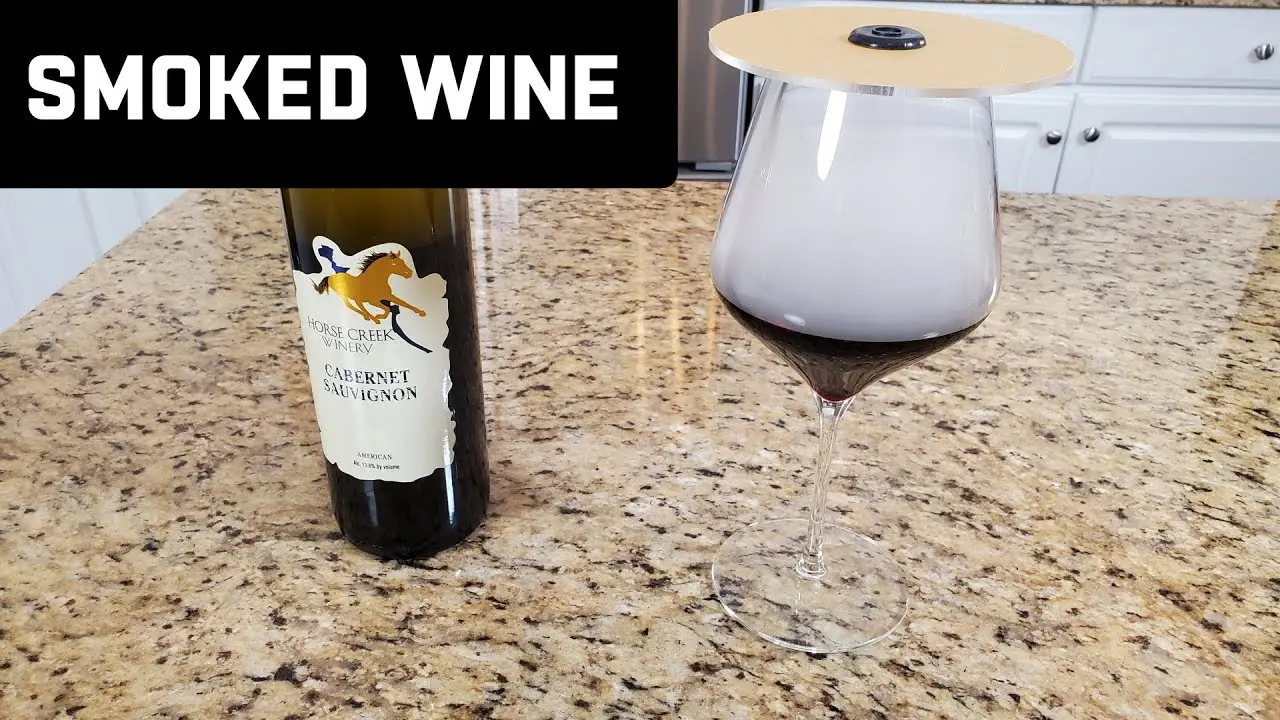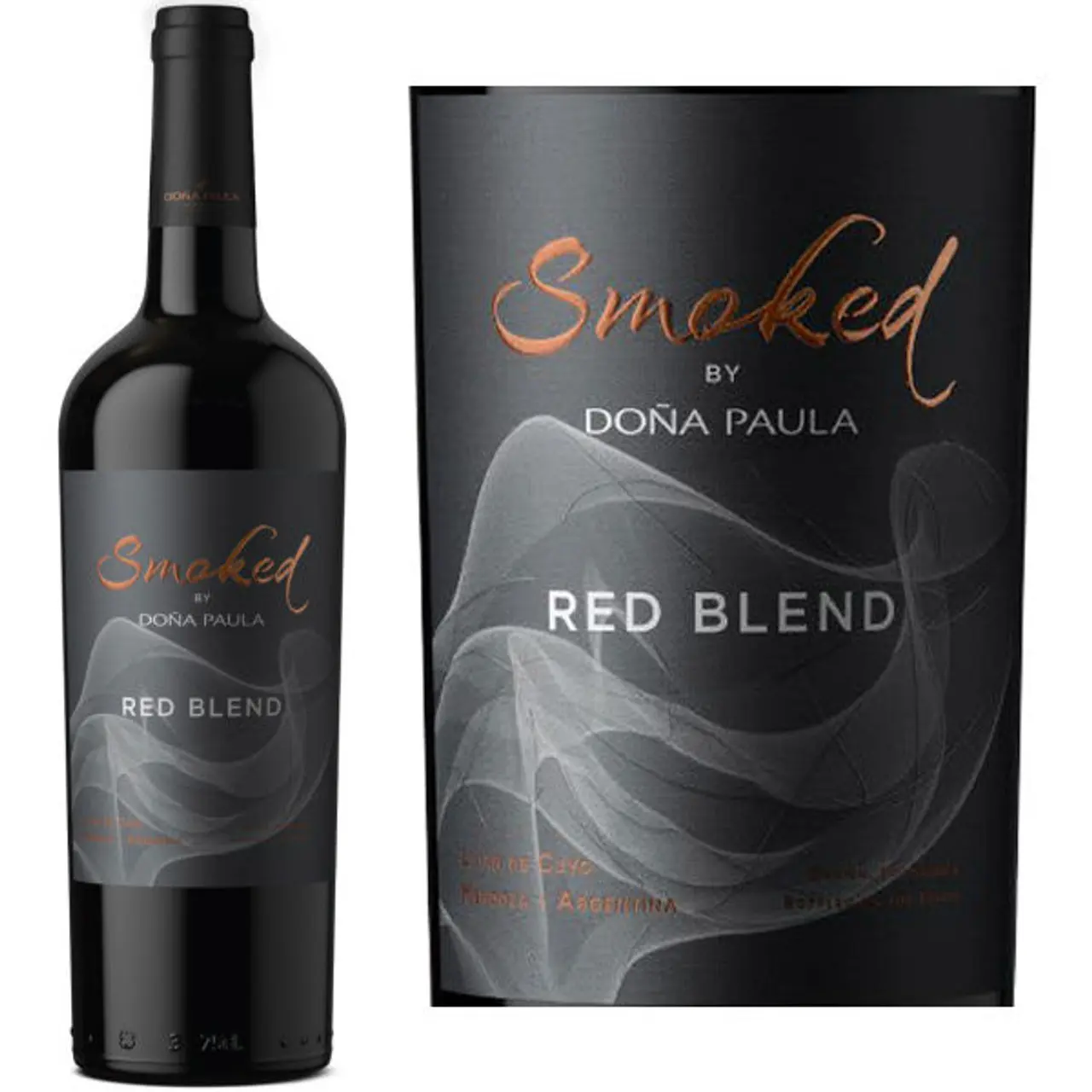Smoked wine, also known as fumarium wine, is a fascinating concept that dates back to ancient Rome. This technique involved using a smoke chamber, called a fumarium, to enhance the flavor of wine by artificially aging it. In this article, we will delve into the history of smoked wine, why the Romans employed this method, and how it has evolved over time.

What is a Smoky Wine?
Smoked wine is a type of wine that has been exposed to smoke during the aging process. This exposure imparts a distinct smoky aroma and flavor to the wine, creating a unique sensory experience for wine enthusiasts.
Why Did the Romans Smoke Wine?
The Romans were known for their innovative winemaking techniques, and smoking wine was one of them. They believed that smoking the wine in the fumarium would enhance its flavors and aromas, making it more enjoyable to consume. The fumarium was a smoke chamber built on top of a heated hearth, where amphorae (clay jars) filled with wine were placed.
The smoke from the hearth would permeate the amphorae, infusing the wine with a smoky essence. This process seemed to sharpen the acidity of the wine and create a more complex flavor profile. However, it is worth noting that not all wines were suitable for smoking. Pliny the Elder and Columella, renowned Roman writers on agriculture, advised against smoking first-growth wines such as Falernian, Caecuban, and Alban.
The Process
Prior to being placed in the fumarium, the amphorae were sometimes treated with sulphur dioxide for preservation purposes. This practice, which involved using sulphur fumes, was also employed by the Romans and is believed to have influenced the ban on smoked wines as offerings in the Mishna, a collection of Jewish laws and traditions.
Evolution of Smoked Wine
While the smoking of wine was popular during ancient Roman times, the technique gradually fell out of favor as winemaking practices evolved. However, in recent years, there has been a resurgence of interest in smoked wine, with winemakers experimenting with various methods to replicate the smoky flavors of the past.
Some wineries achieve the smoky character by aging the wine in barrels made from charred oak. The charred wood imparts a subtle smokiness to the wine, reminiscent of the traditional smoking process. Others use smoked grapes or employ smoking techniques during fermentation or aging to infuse the wine with smoky aromas.

Smoked wine is often associated with red wines, particularly those with robust flavors such as Syrah, Malbec, and Cabernet Sauvignon. However, white wines and rosés can also be smoked, offering a unique twist on traditional varietals.
- Is smoked wine safe to drink?
- Can smoked wine be paired with food?
- Where can I find smoked wine?
- How should smoked wine be served?
Yes, smoked wine is safe to consume. The smoking process does not pose any health risks and is purely for flavor enhancement.
Absolutely! Smoked wine pairs well with a variety of dishes, including grilled meats, smoked cheeses, and hearty stews.
Smoked wines can be found at select wineries and specialty wine shops. It is also possible to purchase them online from certain retailers.

Smoked wine is best served at cellar temperature, around 55°F (13°C), to fully appreciate its unique flavors and aromas.
Smoked wine is a fascinating concept that harks back to the winemaking practices of ancient Rome. While the technique may have fallen out of favor over time, it is experiencing a resurgence in popularity today. Whether you are a wine connoisseur or simply curious about exploring new flavors, smoked wine offers a unique and enjoyable tasting experience. So, why not indulge in a bottle of smoked wine and savor the captivating smoky aromas and flavors?
If you want to know other articles similar to Exploring the unique flavors of smoked wine you can visit the Wine category.


Related Articles